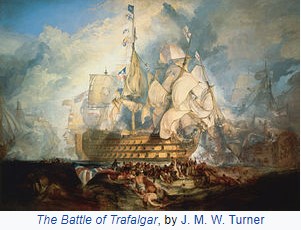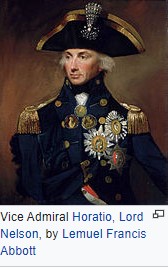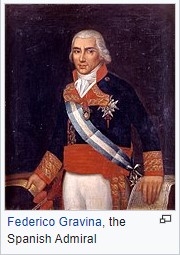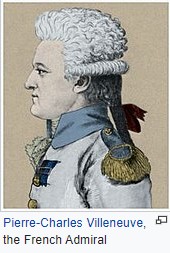The Trafalgar Square; a story lies behind it
The Trafalgar Square
The Trafalgar Square was built in memory of the victory of the British Naval fleet over the combined French-Spanish Naval Fleet on the 21st of October 1805 during the Napoleonic Wars. Trafalgar Square is located in the City of Westminster, London, England with the geographical coordinates, 51 ̊30’29” N 00 ̊ 07’41” W. This area was called Charing Cross before naming as Trafalgar Square.

Trafalgar Square hosted the King’s Mews During Edward I's reign. (Mew simply refers to the keeping of hawks for molting, the most common word is "Royal Mews"). John Nash was the first one planned to clear the Charing Cross area. This was powered under the Charing Cross Act. But Nash died shortly after constructions began. Thereafter the construction process slowed down. The name Trafalgar was suggested by the architect George Ledwell Taylor around 1835. William Wilkins also proposed a plan and the treasury also approved it. But unfortunately, Wilkins died and the plan was never put into action. The plan by Charles Barry was accepted in April 1840. The Square was opened to the public on 1st May 1844. The Nelson's Column was erected completely apart from Barry's plan. Also, it's stated the Barry was unhappy about Nelson's column. There are also statues and other sculptures built in the memory of various English war heroes and kings.

The Battle of Trafalgar

The battle of Trafalgar as taken place on 21st October 1805 in the off-cape Trafalgar, Atlantic Ocean. The battle was between the British Naval Fleet and the combined French-Spanish Naval fleets as another part of the Napoleonic wars.
The French-Spanish combined naval
fleet was commanded by Pierre Villeneuve and Federico Gravina which was sailed
from the port Cadiz in Spain. The English Naval fleet was commanded and
directed by Horatio Nelson. Nelson
directed his fleet to face the enemy fleet in the Atlantic Ocean on the South
West coast of Spain. The aim of the attack under the orders of Napoleon
Bonaparte was to defeat English naval power in the ocean and to gain the power
of the English Channel so that Napoleon's "Grande Armee" can invade
England.
The French-Spanish combined fleet was
so strong when compared with the English fleet. French-Spanish combined fleet
consisted of 30000 men and 2568 guns to 17000 men and 2148 guns of the English
fleet. It consisted of thirty tree ships, 5 frigates, and 2 brigs while the
English fleet consisted of twenty-three ships, four frigates, one schooner, and
one cutter. During the battle English fleet commander, Lord Nelson followed an
unorthodox methodology and tactics. Unless facing the single row of enemy ships
Nelson directed his fleet as two parallel lines perpendicularly to the enemy
ship line. This action aimed to break the enemy line into three separate
fragments and to block and miss the signals given by the flagship to the
others. One of Nelson's ship lines went through the middle of the enemy ship
line while the other went through the trail end. This unorthodox and
beyond-the-tradition attack paved the way for the defeat of the French-Spanish
combined naval fleet. The casualties were recorded as 4395 deaths, 2541 wounded,
about 7500 captured soldiers, 21 ships destroyed and one ship destroyed for the
French-Spanish combined fleet while 458 deaths and 1208 wounded for the English
fleet. During the battle, Lord Nelson was shot by a French musketeer and Nelson
was died before seeing his victory. French-Spanish combined naval commander
Villeneuve was captured and with his flagship where he was released later and
committed suicide. But, Gravina was able to escape who was wounded and died
five months later.

This was the largest and final naval attack directed by Napoleon against Great Britain. His navy was defeated by the Royal Navy commanded by Lord Nelson in 1798 at the Battle of Nile where his opponent, the French Fleet was commanded by Villeneuve under the order of Napoleon. After this defeat, Napoleon stopped navy combats against Britain, and instead of that, he introduced the continental system which was operated to make Britain run into trouble.
Importance of the Trafalgar Square
Trafalgar Square is the official center of London when measuring the distances from London. Also, this place is used as a place for protesting where a large crowd can gather.
References and photos
By,
https://en.wikipedia.org/wiki/Battle_of_Trafalgar
https://en.wikipedia.org/wiki/Trafalgar_Square